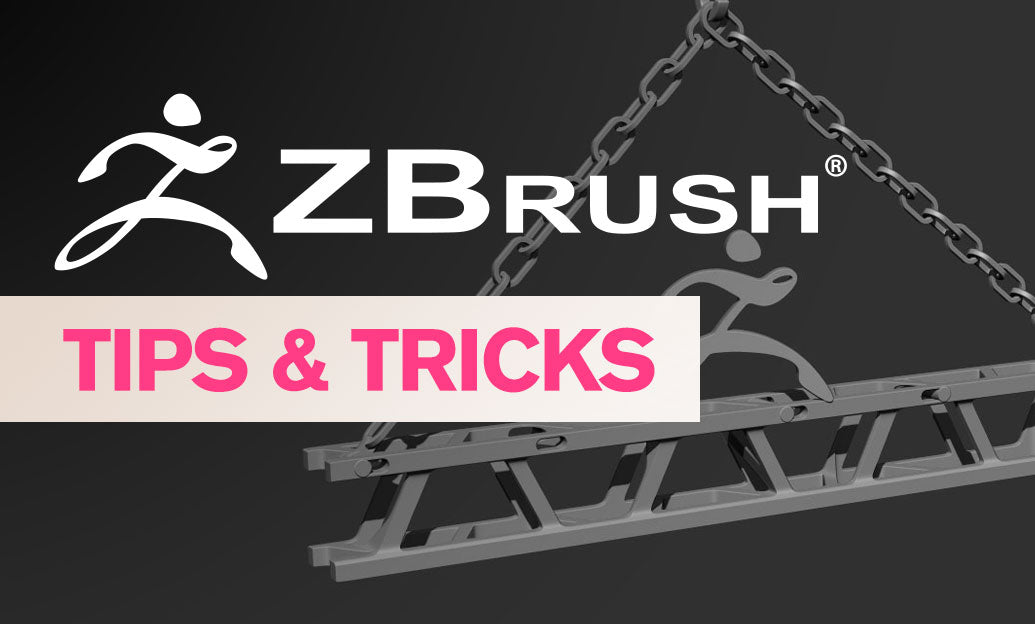Your Cart is Empty
Customer Testimonials
-
"Great customer service. The folks at Novedge were super helpful in navigating a somewhat complicated order including software upgrades and serial numbers in various stages of inactivity. They were friendly and helpful throughout the process.."
Ruben Ruckmark
"Quick & very helpful. We have been using Novedge for years and are very happy with their quick service when we need to make a purchase and excellent support resolving any issues."
Will Woodson
"Scott is the best. He reminds me about subscriptions dates, guides me in the correct direction for updates. He always responds promptly to me. He is literally the reason I continue to work with Novedge and will do so in the future."
Edward Mchugh
"Calvin Lok is “the man”. After my purchase of Sketchup 2021, he called me and provided step-by-step instructions to ease me through difficulties I was having with the setup of my new software."
Mike Borzage
AutoCAD Tip: Avoid EXPLODE: Preserve Block Intelligence and CAD Standards
November 24, 2025 2 min read

Use EXPLODE only when there’s no cleaner path. Here’s how to protect your model, your standards, and your time.
What you lose when you EXPLODE complex blocks:
- Dynamic intelligence: visibility states, parameters, and actions disappear permanently.
- Associativity: dimensions, hatches, and constraints detach; edits won’t propagate.
- Annotation scaling: annotative behavior is removed; you get “dumb” geometry at one scale.
- Layer hygiene: internal component layers spill into the drawing, cluttering standards.
- 3D integrity: solids become surfaces/faces; feature editing gets harder.
- Attributes: values may flatten to plain text; block-level data is no longer extractable.
Better alternatives to EXPLODE:
- Edit the definition: use BEDIT or REFEDIT to change geometry without breaking intelligence.
- Replace, don’t deconstruct: BLOCKREPLACE (Express Tools) swaps a block with another while preserving placement, rotation, and scale.
- Copy nested parts: NCOPY (Express Tools) pulls selected geometry out of a block or xref—no explode required.
- Preserve attributes: BURST (Express Tools) explodes while converting attribute values to text cleanly.
- For 3D changes: use SOLIDEDIT, PRESSPULL, and grip edits instead of EXPLODE.
- For annotation tweaks: adjust styles and scales; avoid exploding dimensions or leaders.
If you must EXPLODE, do it safely:
- WBLOCK a copy or save a versioned backup first.
- Explode on a “scratch” layer so new objects are easy to isolate and clean up.
- Immediately post-process:
- OVERKILL to remove duplicates.
- PEDIT with Join to rebuild polylines where needed.
- Re-associate hatches (HATCHEDIT) and dimensions as required.
- Audit layers; merge or delete stray layers (LAYMRG, LAYDEL) introduced by the explode.
- Reapply annotation scales and verify plot behavior before issuing.
Prevent accidental explodes:
- Set blocks to non-explodable: in the Block Definition or Block Editor, uncheck Allow Exploding for critical content.
- Standardize block internals: prefer BYBLOCK for color/linetype when appropriate so properties remain controllable if an explode ever occurs.
- Harden your alias: remap “X” in acad.pgp to a macro that prompts a warning or launches REFEDIT instead.
- Share curated, locked blocks via Tool Palettes and a central library.
Collaboration tips:
- Avoid binding and exploding xrefs; use NCOPY for selective geometry or maintain clipped xrefs.
- Document when and why an explode was performed; note any lost intelligence for downstream users.
Toolbox recap (fast access):
- BEDIT / REFEDIT: edit definitions in place.
- BLOCKREPLACE, NCOPY, BURST: Express Tools to avoid destructive workflows.
- OVERKILL, PEDIT, LAYMRG: post-explode cleanup.
Looking to strengthen your standards and block libraries? Explore AutoCAD solutions, add-ons, and expert guidance from NOVEDGE. For licensing options and implementation support, contact NOVEDGE, or browse their extensive CAD ecosystem at novedge.com.
You can find all the AutoCAD products on the NOVEDGE web site at this page.
Also in Design News

V-Ray Tip: V-Ray Adaptive Dome Light: Cleaner, Faster HDRI Lighting
November 24, 2025 2 min read
Read More
ZBrush Tip: Topology Brush — Fast Quad Retopology Directly on Sculpt
November 24, 2025 2 min read
Read MoreSubscribe
Sign up to get the latest on sales, new releases and more …



